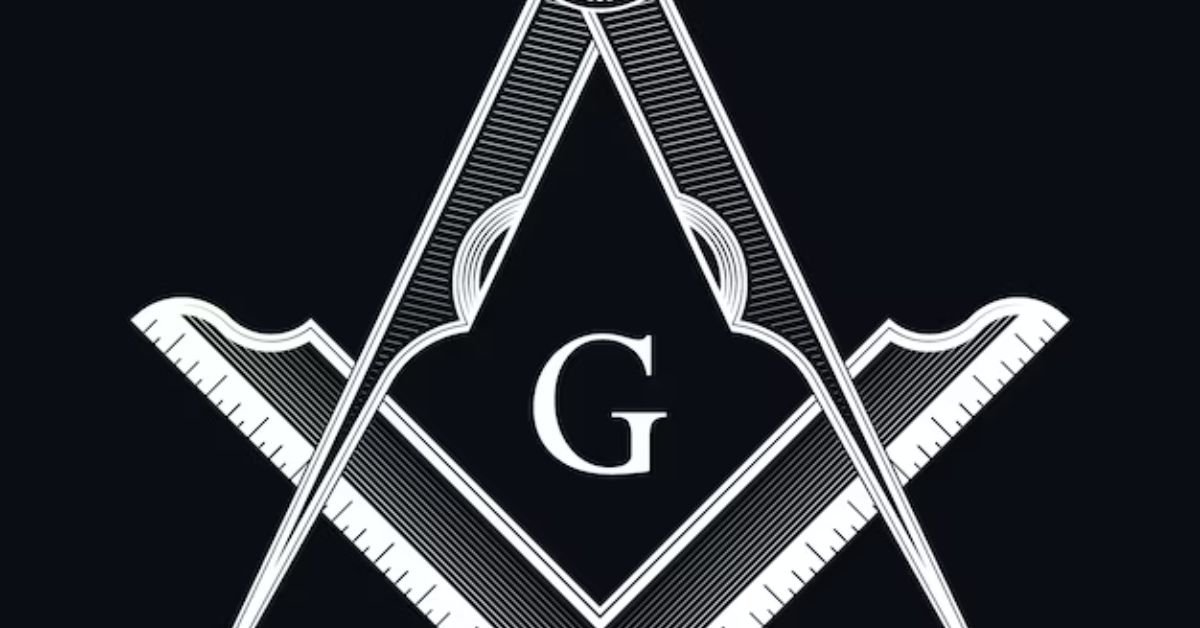A perm, short for “permanent wave,” is a popular hairstyling technique that adds curl, wave, or volume to the hair. The process involves chemically altering the structure of the hair to create lasting curls or waves. This guide will provide a detailed overview of what a perm is, how it works, the different types of perms, and important considerations for those thinking about getting one.
What Is a Perm?
A perm is a chemical treatment designed to alter the natural texture of the hair. By breaking and reforming the hair’s protein bonds, the perming process introduces curls or waves that can last for several months. This method is favored for its ability to provide a long-lasting change in hair texture, reducing the need for daily styling.
How Does a Perm Work?
The perming process involves several steps and chemicals that work together to change the hair’s structure:
- Preparation: The hair is washed and wrapped around perm rods. These rods come in various sizes, depending on the desired curl or wave tightness.
- Chemical Application:
- Perm Solution: A chemical perm solution, usually containing ammonium thioglycolate or similar compounds, is applied to the wrapped hair. This solution breaks the disulfide bonds in the hair, which are responsible for its natural structure.
- Processing Time: The hair is left to process for a specific amount of time, allowing the solution to effectively break the bonds and reshape the hair.
- Neutralizing: After the processing time, the perm solution is rinsed out, and a neutralizer is applied. The neutralizer re-forms the disulfide bonds in their new shape, setting the curls or waves.
- Finishing: The hair is unwrapped from the rods, washed, and styled as desired. The result is a permanent change in the hair’s texture, which lasts until new hair grows in.
Types of Perms
There are several types of perms, each designed to achieve different looks and effects:
1. Body Perm
- Purpose: Adds volume and body to limp or fine hair without creating tight curls.
- Process: Uses larger rods and a milder solution to create loose, natural-looking waves.
- Ideal For: People seeking to add fullness and movement to their hair.
2. Spiral Perm
- Purpose: Creates tight, defined curls that spiral down the length of the hair.
- Process: Hair is wrapped around long, thin rods in a spiral pattern, resulting in well-defined curls.
- Ideal For: Those who want a more dramatic, curly look.
3. Digital Perm
- Purpose: Provides soft, voluminous waves with a natural look.
- Process: Uses a combination of heat and chemicals, with digital tools to control the temperature and timing.
- Ideal For: Achieving beachy, relaxed waves that look natural and have more movement.
4. Volumizing Perm
- Purpose: Specifically designed to add lift and volume to the roots of the hair.
- Process: Focuses on the root area using rods to create subtle volume.
- Ideal For: People with fine hair who want extra body and lift at the roots.
5. Wet Set Perm
- Purpose: Designed for creating curls and waves that are more temporary and can be adjusted.
- Process: Hair is set on rollers or rods and then dried using heat. The results last until the hair is washed.
- Ideal For: Those who want temporary curls or waves without the commitment of a permanent perm.
Benefits of Getting a Perm
- Long-Lasting Style: Perms provide a long-lasting change in hair texture, reducing the need for daily styling.
- Versatility: Depending on the type of perm, you can achieve various styles, from tight curls to soft waves.
- Volume: Adds volume and body to hair that may be flat or fine.
- Low Maintenance: Permed hair generally requires less daily maintenance compared to styling hair with heat tools.
Considerations Before Getting a Perm
- Hair Health: Ensure your hair is in good condition before getting a perm. Perming can be damaging, so avoid the treatment if your hair is overly dry or damaged.
- Consult a Professional: Always consult a professional stylist who has experience with perming. They can assess your hair type and recommend the best type of perm for you.
- Aftercare: Follow the stylist’s aftercare instructions to maintain the health of your perm. This typically includes using specific shampoos and conditioners designed for chemically treated hair and avoiding excessive heat styling.
- Commitment: Consider the commitment involved. Permed hair will need to grow out or be cut if you want to return to your natural texture.
Post-Perm Care Tips
- Avoid Washing Immediately: Refrain from washing your hair for at least 48 hours after getting a perm to allow the curls to fully set.
- Use Moisturizing Products: Use shampoos and conditioners that are designed for chemically treated hair to maintain moisture and prevent damage.
- Avoid Heat Styling: Minimize the use of heat styling tools, as they can further damage perm-treated hair.
- Regular Trims: Schedule regular trims to keep your hair healthy and prevent split ends.
Conclusion
A perm can be a fantastic way to change up your hairstyle and add volume or curls that last for months. By understanding the different types of perms and following proper aftercare, you can enjoy the benefits of a perm while keeping your hair healthy. Consult with a professional stylist to determine the best option for your hair type and desired look, and enjoy the new texture and style that a perm can offer.











